FUSION: MORE THAN MULTISENSOR INTEGRATION
In the early 1990s I recalled, in a manuscript (publication
#49 – click here ), advocacy from years ago that probably originated from within USAF. A sharp distinction was to be drawn between “multisensor integration” for low-speed and low-volume versus “sensor fusion” for high-speed-high-volume processing. Unfortunately, separate terminology never survived; the industry uses the same vocabulary for nav update “fusion” at leisurely retes and for fusion of images (e.g., with megapixels/frame with 3-byte RGB pixels at 30 frames/sec) requiring speeds expressed in GHz.
Terminology aside, a major task for the imaging field is to recognize and categorize the degradations. Combining tracks from different sensors is a major undertaking. For obvious reasons (including but by no means limited to inertial nav error propagation and time-varying errors in imaging sensors), complexity is compounded by motion. Immediately I’ll step back and consider that from a perspective unlike concepts in common acceptance. For brevity I’ll just cite some major ingredients here:
* Inertial nav is used to provide a connection between frames taken in succession from sensors in motion. INS error propagation for these short duration cannot correctly be based on antiquated nmi/hr modeling. There are literally dozens of gyro and accelerometer error contributors, most of which are motion-sensitive and often excluded from) IMU specifications. Overbounding is thus necessary for conservative design, in effect either compromising performance or increasing data rate demand. For discussion of those error sources see relevant sections of Chapter 4 in the book whose link appears in the next item.
* It is very important not to attribute sensor stabilization errors to any tracked object's estimated state (surprisingly many operational designs violate that principle). Figure 9.3 on page 200 of my 2007 book shows a planar example for insight.
* Often there is motion of not only the sensors but also tracked objects, the masking of whose signatures -- already potentially an issue even when stationary -- will be further obscured if driven to thwart observation.
* Procedures for in-flight calibration, self-calibration, online temperature compensation, etc. are invoked. Immediately all measurement errors are then redefined to include only residual amounts due to imperfect calibration. One caveat -- any large discrete corrections should occur suddenly between -- not within -- frames (e.g., a SAR coherent integration time).
* The association problem, producing hypothetical tracks (e.g., due to crossing paths), defies perfect solution. Thus a sensor response from object `A' might be combined with subsequent response from object `B' to produce an extraneous track characterizing neither. Obviously this becomes more unwieldy with increasing density of objects responding to sensors.
* Ironically, many of the objects that complicate the association task are of little or no interest. Rocks reflect radar transmissions. Animals respond to IR sensors. Metallic objects respond to both, which raises an opportunity, to concentrate on metallic objects: accept information only from pixels with both radar and IR responses. Tracks formed after that will be far fewer and much more credible.
* Registration of image data from IR (Az/EL) and SAR (range/doppler) cells must account for big differences in pixel size, shape, and orientation. Although by no means trivial, in principle it can be done.
* Even if all algorithm development and processing implementation issues are solved, unknown terrain slopes will degrade the results. Also, undulations (as well as any structures present) in a swath will produce data gaps due to masking. How long a gap is tolerable before dropping an old track and reallocating its resources for a new one will be another design decision.
* Imaging transformation (e.g., 4x4 affine group and/or thin plate spline) applicability will depend on operational specifics.
When I was more heavily involved in this area the processing requirements for image fusion while still in raster form would have been prohibitive. Today's capabilities are far more advanced.










